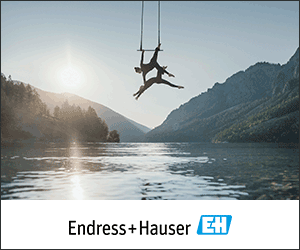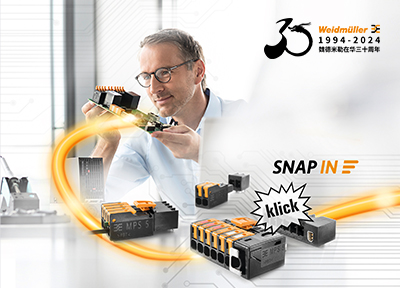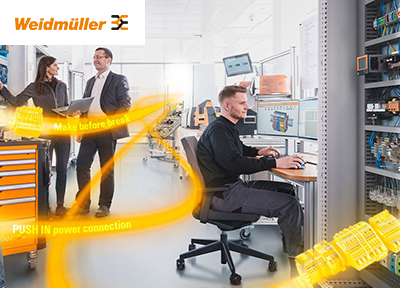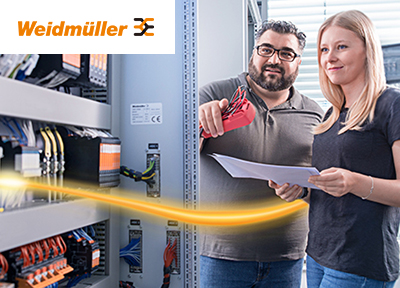Industrial production line use of radio frequency identification (RFID) has become increasingly popular, and the technology has become a hot-button topic. Why? Technology enhancements have advanced RFID far beyond its barcode counterparts—and gotten attention for return on investment (ROI) opportunities. While some companies may have argued that they could not afford to implement RFID into their operations, many now argue they cannot afford not to. Knowing the basics of how and when RFID can
Basics of today's RFID
RFID was initially developed as a method for remotely gathering data through tags or transceiverswww.cechina.cn, either attached to or embedded in the object from which data must be obtained. These tags employ internal circuitry and antennas to emit a radio frequency wave that is secured and analyzed by an RFID readerCONTROL ENGINEERING China版权所有, and the system is often used for work-in-progress (WIP) in the industrial realm—tracking materials throughout the manufacturing process.
With its compact electronic design, RFID tags can come in virtually any housing style—from extremely smallwww.cechina.cn, embeddable devices to flat labels or stickers. In the industrial realm, RFID is often implemented within form factors that can be easily integrated into existing systems. For instanceCONTROL ENGINEERING China版权所有, manufacturers integrate RFID into sensor housings控制工程网版权所有, because plant engineers are already aware of how sensors are best mounted on the plant floor.

Because RFID readers do not rely on line-of-site to obtain data from tags, the product and its tag can be placed in virtually any orientation. Here, the tag is mounted in the lower cornder of the metal carrier.
Legacy RFID operates at 125 kHz, but its modern incarnation typically adheres to the 13.56 MHz standard—making its operability considerably faster than older systems. Also, while many legacy RFID systems allow only static read-and-write operations, modern systems are capabl


 在线会议
在线会议 论坛
论坛 专题
专题 工控直播
工控直播 新闻中心
新闻中心 子站
子站 技术
技术 社区
社区



 IDEC HR8S系列新一代安全继电器有奖试用活动
IDEC HR8S系列新一代安全继电器有奖试用活动 2025(第二十一届)年度最佳产品奖有奖投票中
2025(第二十一届)年度最佳产品奖有奖投票中 AVEVA剑维软件食品饮料行业白皮书有奖下载
AVEVA剑维软件食品饮料行业白皮书有奖下载 立即有奖下载TE重载连接器选型指南
立即有奖下载TE重载连接器选型指南 2025(第十四届)全球自动化和制造主题峰会
2025(第十四届)全球自动化和制造主题峰会




























